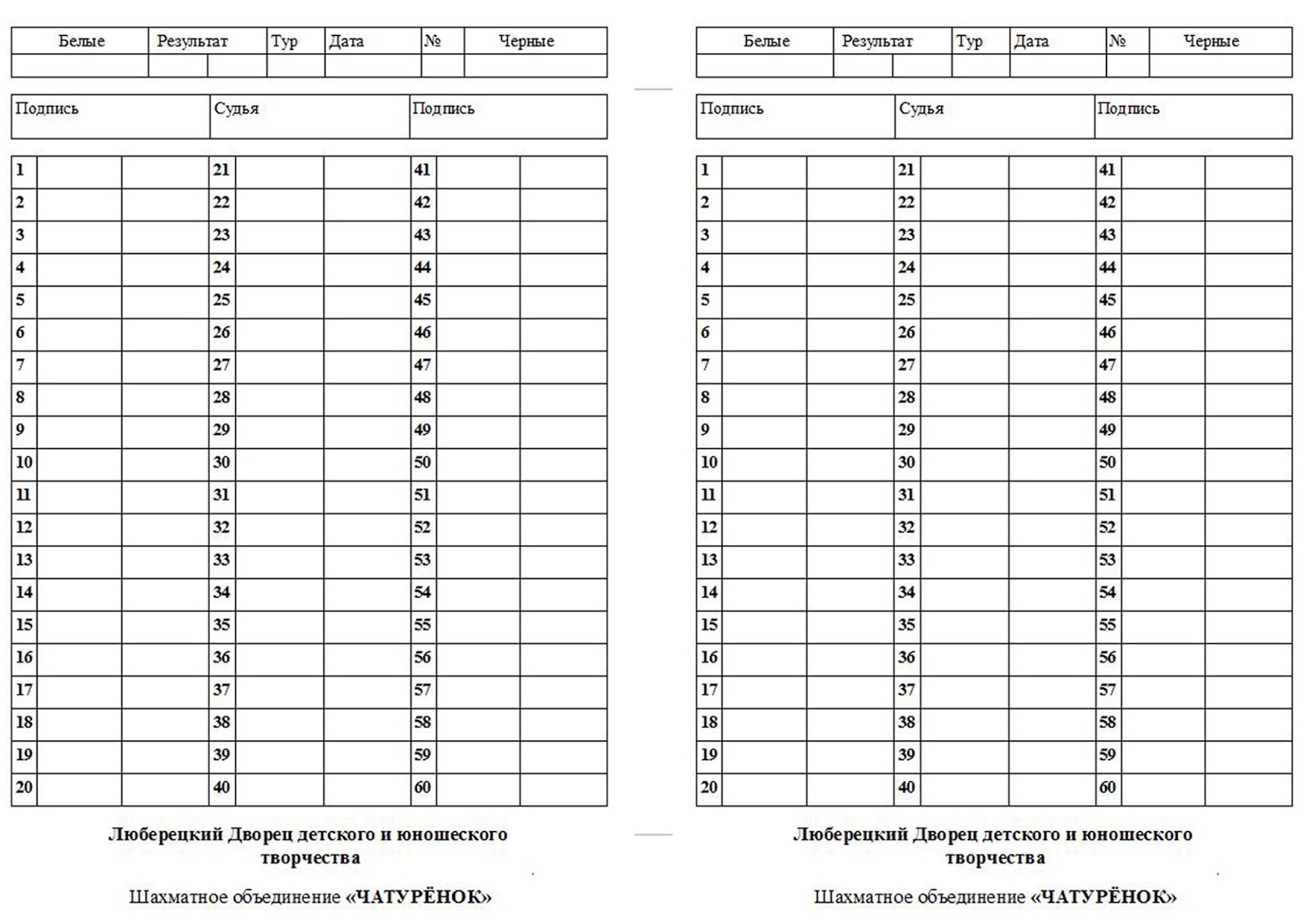Political Party of Radicals. The Political Party of Radicals ( Dutch: Politieke Partij Radikalen, PPR) was a progressive Christian and green political party in the Netherlands. The PPR played a relatively small role in Dutch politics and merged with other left-wing parties to form GreenLeft (Dutch: GroenLinks) in 1991. Avadhoota Datta Peetham is an International Spiritual, Cultural and Social Welfare organisation established by His Holiness Sri Ganapathy Sachchidananda Swamiji in 1966. Sri Swamiji's universal vision and deep compassion for the upliftment of the mankind has inspired the Peetham to run a vast variety of programs, activities and projects towards enrichment of human life.
Downloadable Resources • The challenging economy is putting consumer companies such as airlines, banks, and retailers in the difficult position of cutting back the service levels that customers have come to expect in recent years. These companies are closing retail locations, reducing hours of operation, and making do with less staff in stores and call centers. Meanwhile, faced with rising costs, they are also increasing prices, either overtly or through fees. As a result, our customer experience research shows that satisfaction scores are reversing the upward trend of the past few years and actually dropping in a number of industries. So it’s not surprising that most executives think compromising service levels is a mistake. When we interviewed senior executives from 11 leading service delivery companies, all but one agreed that improving the customer experience is growing in importance to their companies, customers, and competitors. How can consumer businesses make necessary investments in service while facing the pressure on revenues and costs?
Our review of the companies with the best customer service records in ten industries suggests that one key is to minimize wasteful spending while learning to invest in the drivers of satisfaction. Specifically, companies should challenge their beliefs about service and test those beliefs analytically. Many will discover that long-held but seldom-reviewed assertions about what customers really want are wrong. Consider service levels, specifically average time-to-answer, which is one of the most common metrics used in call centers. Service levels—often based on regulation or historical precedent—are set by call-center managers and then used to calculate staffing requirements.
But service levels are challenging to maintain and costly to improve: raising them by 10 percent requires much more than a 10 percent increase in staff. Companies that closely manage the customer experience have taken a rigorous approach to resetting service levels and, in some cases, are saving money without degrading them or customer satisfaction. In short, these companies have carefully measured the “breakpoints” to find their customers’ true sensitivity to service level changes. One company, a wireless telecommunications services provider, found that its customers had two breakpoints at X and Y seconds on a call; answering the phone immediately (less than X seconds) produced delight, while leaving customers on hold for longer (more than Y seconds) produced strong dissatisfaction (exhibit). Although customers were fairly indifferent to service levels between X and Y, the company’s average time to answer was only loosely managed between these two points.
The company considered raising service levels to the “delight breakpoint” or reducing them to just above the “patience threshold.” Customer-lifetime-value economics pointed to the second option: relaxing service levels but guarding against crossing the patience threshold. The drop in customer satisfaction was negligible, but the savings in staffing were significant, and the company ended up saving more than $7 million annually—much of which was reinvested in improvements to its problem-resolution process. This scenario isn’t an isolated example. Jimmy eat world.
